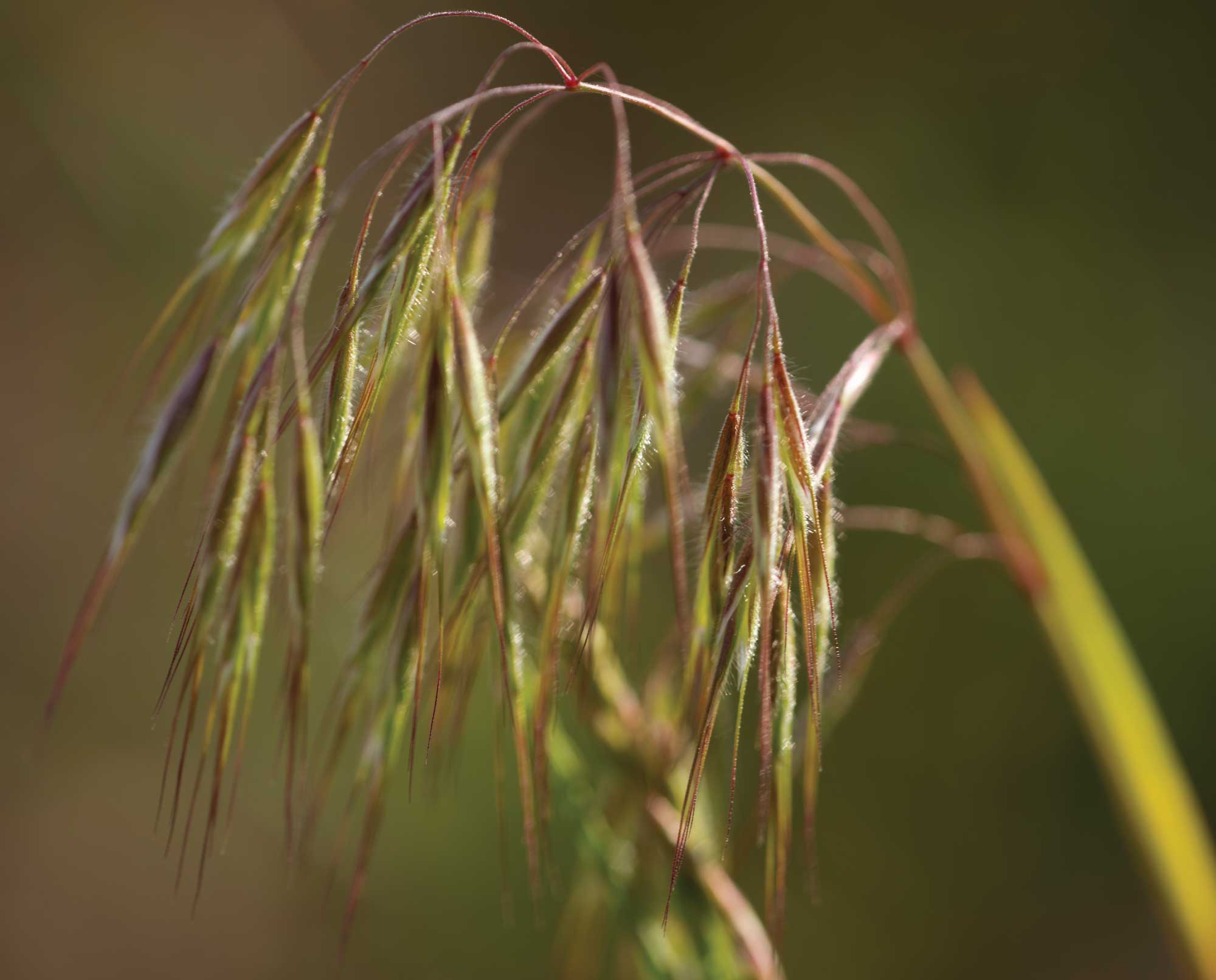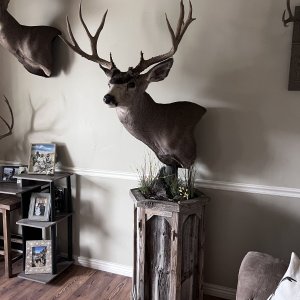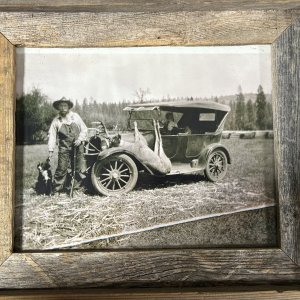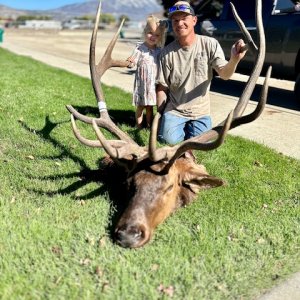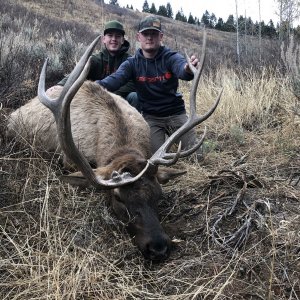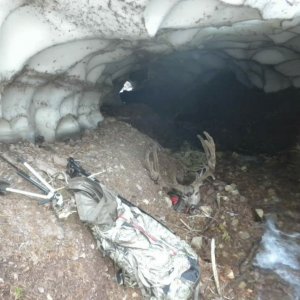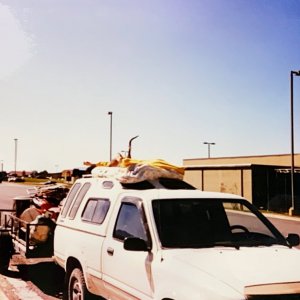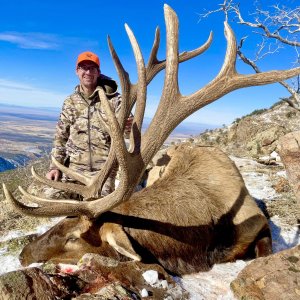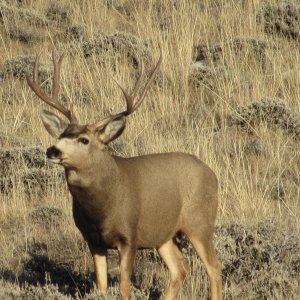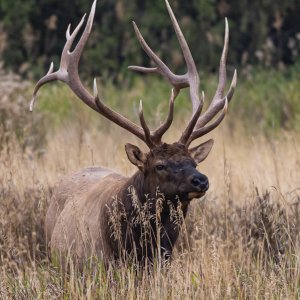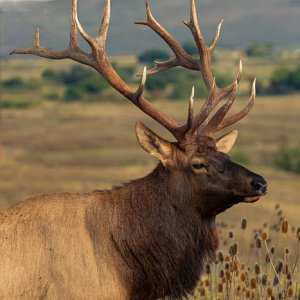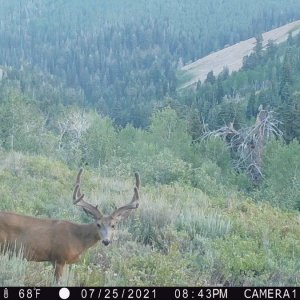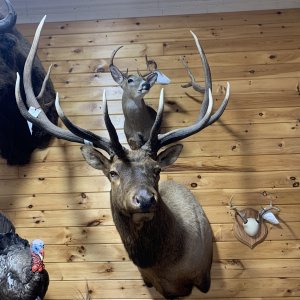I originally started research with Rejuvra in 2010 while conducting field research at Colorado State University. Prior to that time, it was labeled for use in turf, ornamentals, vineyards, and orchards under other product names. It had to be an extremely safe product to be sprayed in those settings. It has been labeled for use on playgrounds, golf courses, and food crops for years with no problem.
We originally started off spraying large test strips with a tractor vs aerial applications around 8 years ago. In that particular study we compared Rejuvra to standard Plateau treatments. We also compared helicopter vs tractor vs side-by-side in a cheatgrass study in cooperation with University of Wyoming. In that particular study we monitored drift, cheatgrass control, and response of native species.
It's amazing what a John Deere tractor with a 24' boom can do. There is actually a lot more clearance on a John Deere than an ATV or side-by-side. In fact, there is no way the others could handle the rock and steep terrain we can spray with a high clearance tractor. We have a 300 gallon tank on the back that covers 10 acres when spraying at 30 gallons of water/acre.
We've sprayed over a lot of tall mountain mahogany, bitterbrush, and rabbitbrush in our area in some fairly steep and rocky terrain with a tractor. We spray with 30 gallons of water/acre to help penetrate thick brush and dense cheatgrass thatch.
The cost when I first started spraying was around $40/acre. I haven't kept track of what it is now. We can usually cover around 30 to 45 acres of rough terrain in a day with a tractor.
View attachment 144160
It's definitely a lot quicker and easier to spray via helicopter. In fact, the pilot we've used generally can spray around 1,000 acres in around 1 day. I believe the added price of a helicopter is around $25/acre. I can find out the current price if anyone is super interested.
A helicopter sprays at only around 6 to 8 gallons of water/A. If you think about it, 7 gallons of water spread out over 1 acre is pretty small. We are only spraying 7 oz of Rejuvra over 1 entire acre which is also extremely low. We've sprayed over the top of ponderosa, junipers and other trees with absolutely no problem. You would be amazed at the steep terrain and rough country a helicopter can spray in.
Notice in this photo there is no drift and the helicopter prop drives the spray directly into the soil.
View attachment 144161
It's pretty amazing to see how quickly the helicopter covers country. It's a matter of a couple minutes to reload and head back out.
View attachment 144162
Drones were mentioned in a post above and are another option. There is at least one company in our area that can contract drone applications. I'm not sure what they charge. Their drones are fairly large. If my memory is correct, they can spray approximately 5 acres with 1 tank.
To purchase a large drone is extremely expensive and would require a license. From what I've heard, a drone license is just about as detailed as getting a pilot's license. You will likely need a license even if spraying on your private land.
It is also possible to spray small areas with a backpack sprayer. Our crews have experience using several types. Some are even battery powered rather than pump.
If you have any questions, please don't hesitate to send me a message.






